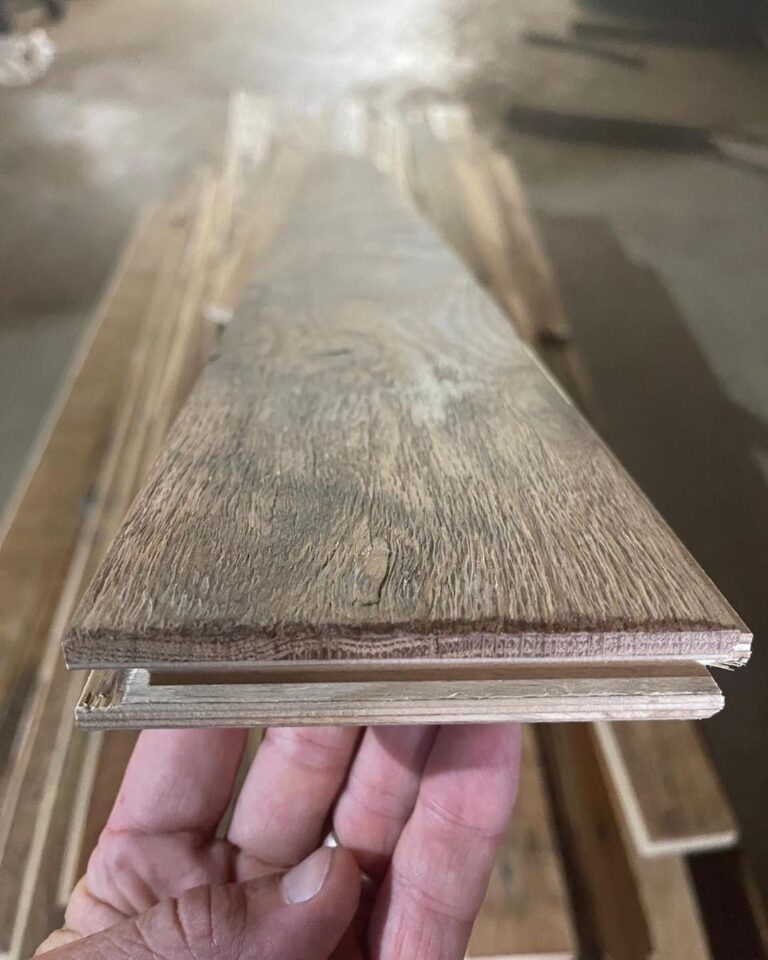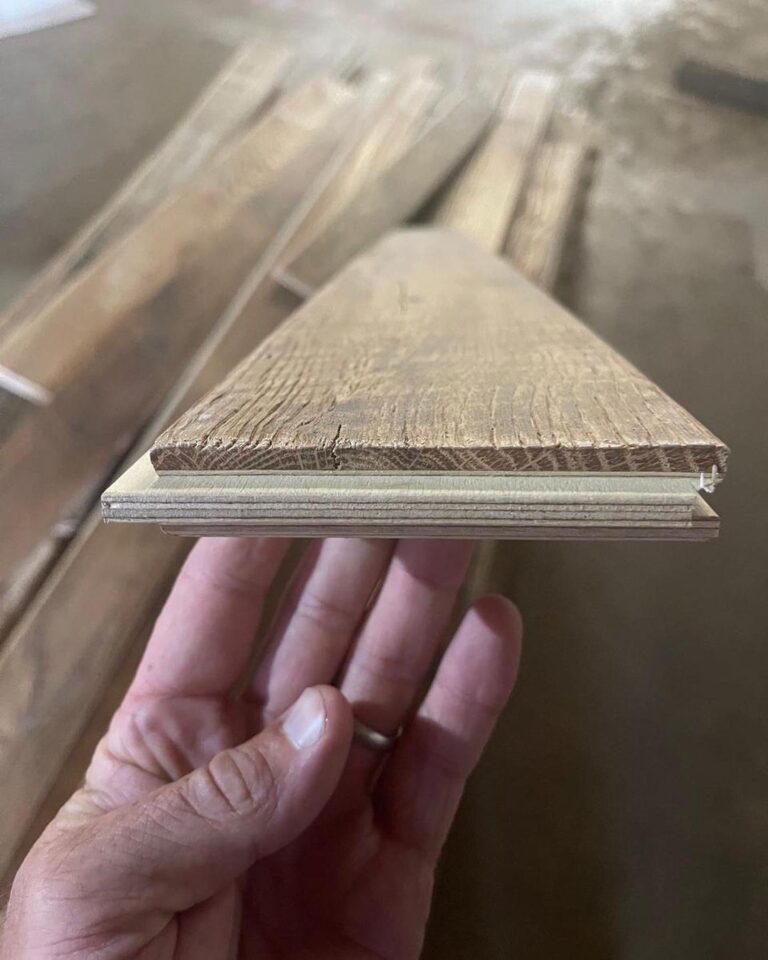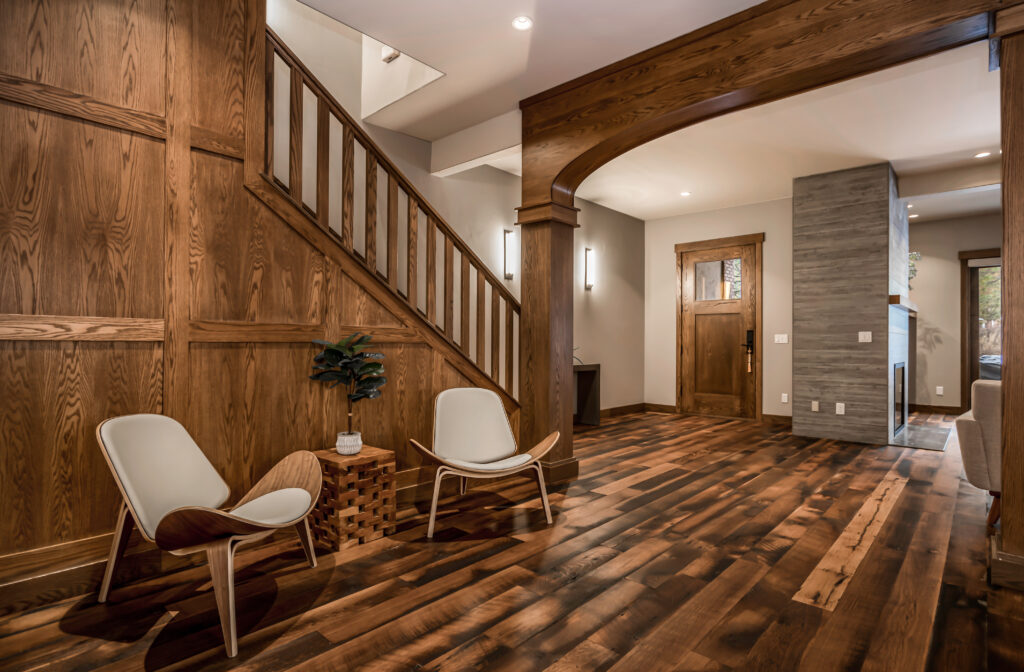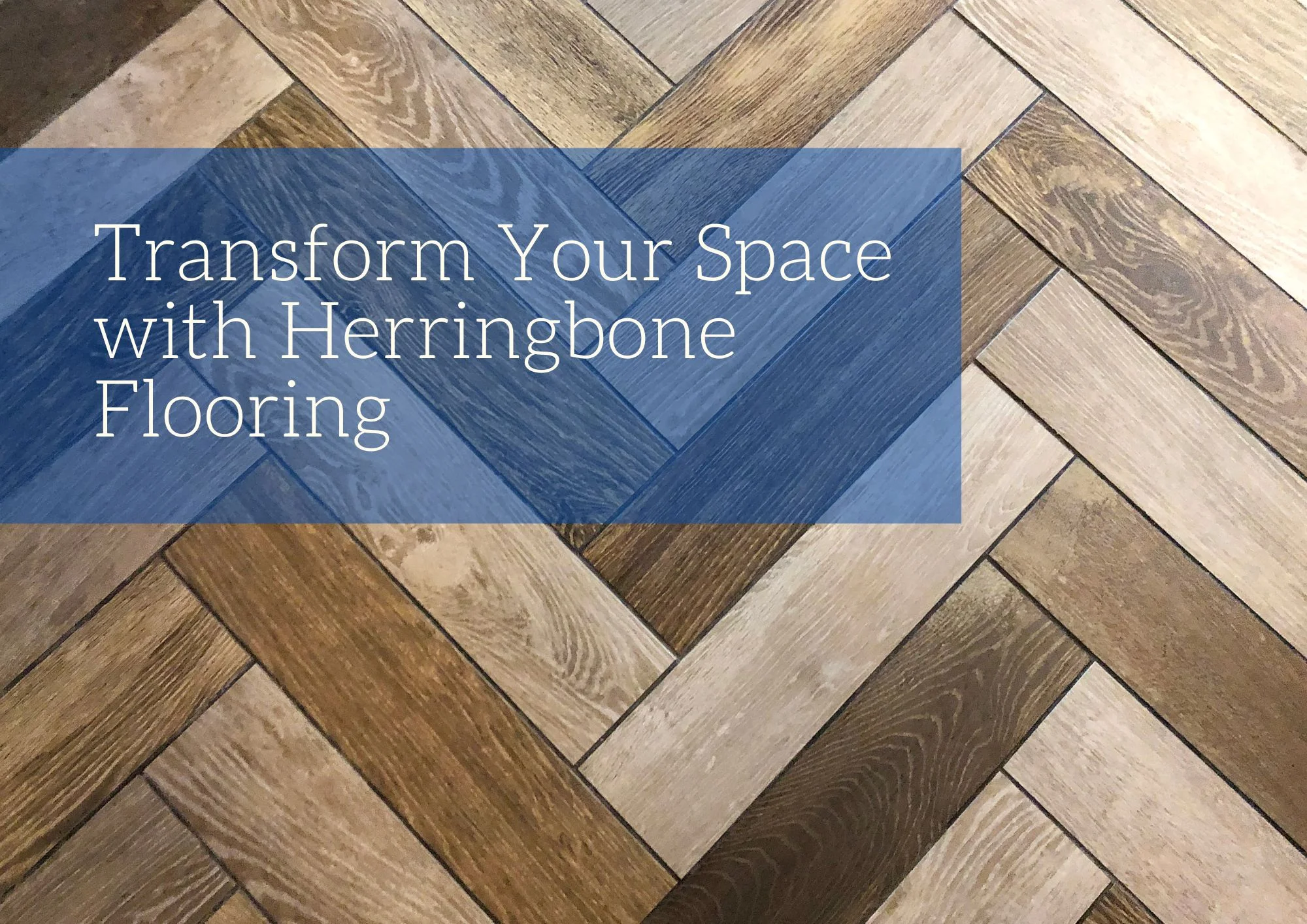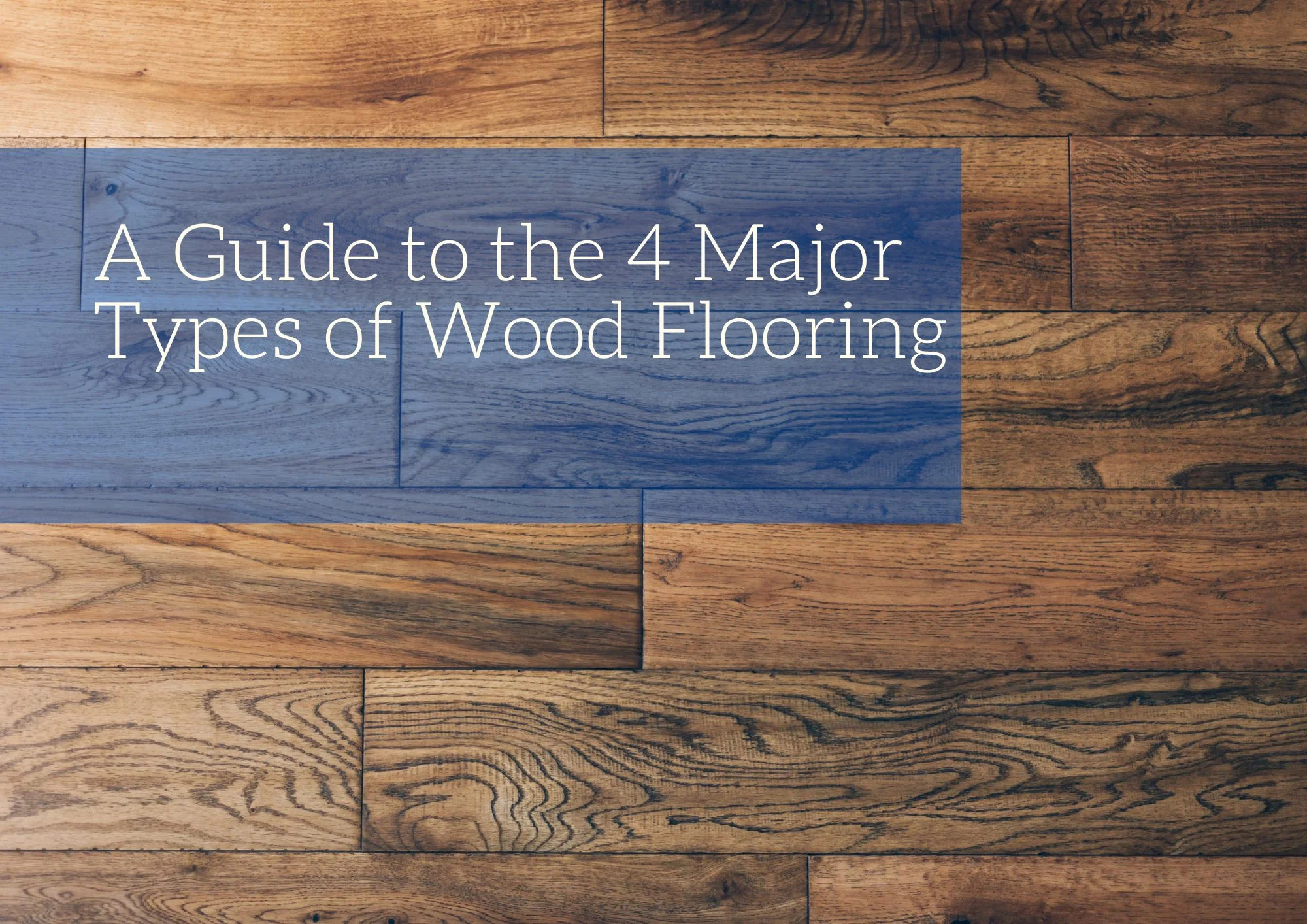Are you looking to update or replace your flooring? Or maybe you’re embarking on a new home renovation project and need to choose the right type of flooring? Tongue and groove is one of the most popular choices, allowing you to create an attractive, durable, and practical finish. But how much do you know about this type of flooring?
What is Tongue and Groove Flooring?
Tongue and groove flooring is a popular choice in many homes due to its durability, attractive look, and ease of installation. This type of flooring consists of individual boards that are interlocked with one another using a tongue-and-groove method – the groove along one edge of each board fits over the slightly raised tongue on its neighboring board. This type of flooring often comes prefinished, so it only needs to be installed and then taken care of using routine maintenance such as vacuuming.
Advantages
- This type of flooring has tight seams, needing little to no nailing or gluing to keep the boards together.
- Tongue and groove boards may even be watertight with the right coating. This is true for site-finished flooring, not prefinished flooring.
Difficulties
- Unless particular precautions are taken, the tongues could snap off.
- Floorboards linked with tongue and groove are difficult, if not impossible, to separate. Tongue and groove wood flooring is often impossible to disassemble without ruining the planks.
Different Types of Tongue-and-Groove Floors
Tongue and groove flooring may be made from two kinds of hardwood: solid and engineered. Homeowners may choose their preferred color, texture, and grain from an almost limitless selection of real hardwood and engineered hardwood.
Do Tongue-and-Groove Floors Need Underlayment?
While you may be able to avoid using underlayment, it is preferable to do so in the long run. Underlayment diminishes floor noises, functions as a moisture barrier, and evens the area on which the flooring is laid. If you’re going to install a new floor, you might as well do it right to achieve the best results.
What Exactly is the Distinction Between Shiplap and Tongue and Groove Boards?
Shiplap boards are manufactured differently, they are often utilized on walls rather than floors. And in contrast to the inset groove and extending “tongue” of this type of flooring, shiplap boards feature an L-shaped notch along the length of the boards.
Tips for Installing Tongue and Groove Engineered Flooring
- Incorporating engineered flooring into an existing floor will result in a height increase of 3/8 inch to 5/8 inch. If opening room doors is challenging, trim the bottom. If a neighboring room has a lower floor, a threshold between the two is ideal. This gradual slope prevents a “lip” that could cause tripping.
- Snap, rather than push, the boards together when installing. The sides of the planks snap together by placing the tongue of one plank at an angle to the groove of the previously placed plank and then pressing downward and inward simultaneously.
Whether you’re looking to install tongue and groove flooring in your home or business, the process is relatively straightforward. However, it’s important that you take the time to choose the right materials and find a reputable installer to ensure that your new floors will last for years to come. With a little research and careful planning, you’ll be sure to find the perfect option for your needs.
*Learn more about tongue and groove wood ceiling: https://tallesttree.com/blogs/news/tongue-and-groove-planks-the-best-choice-for-your-ceiling


